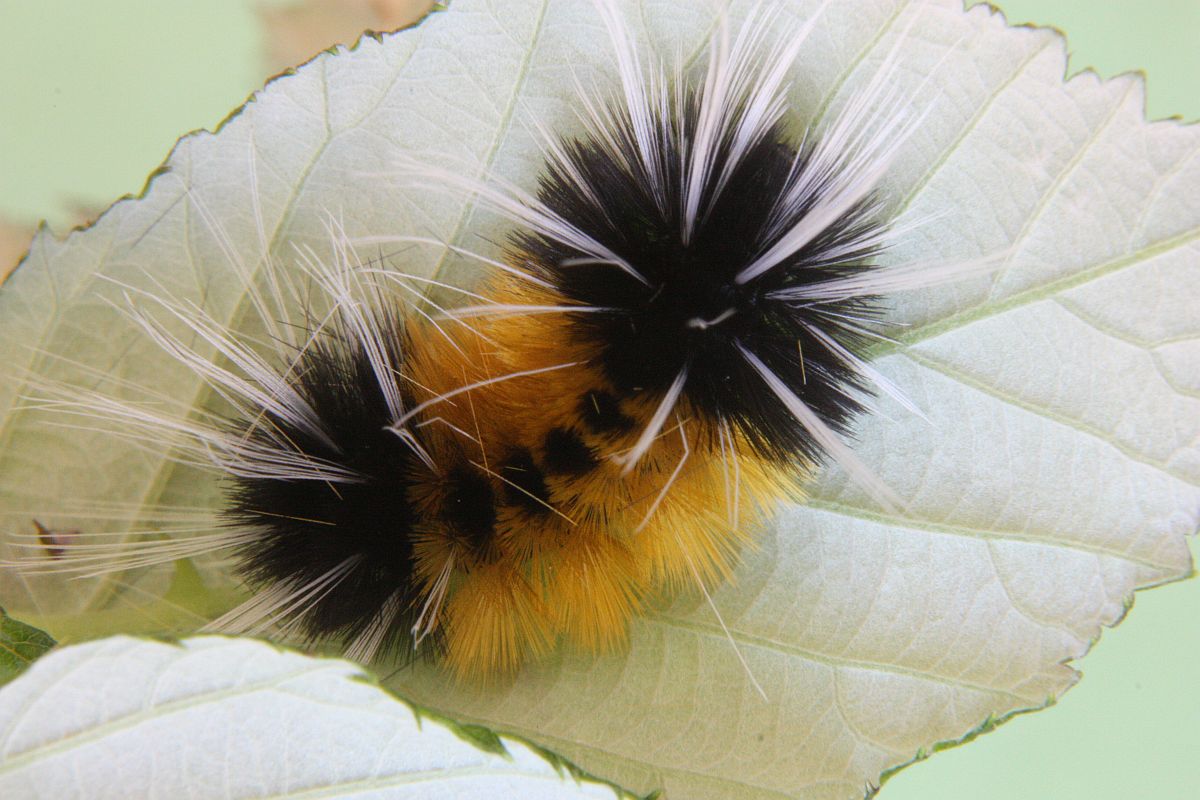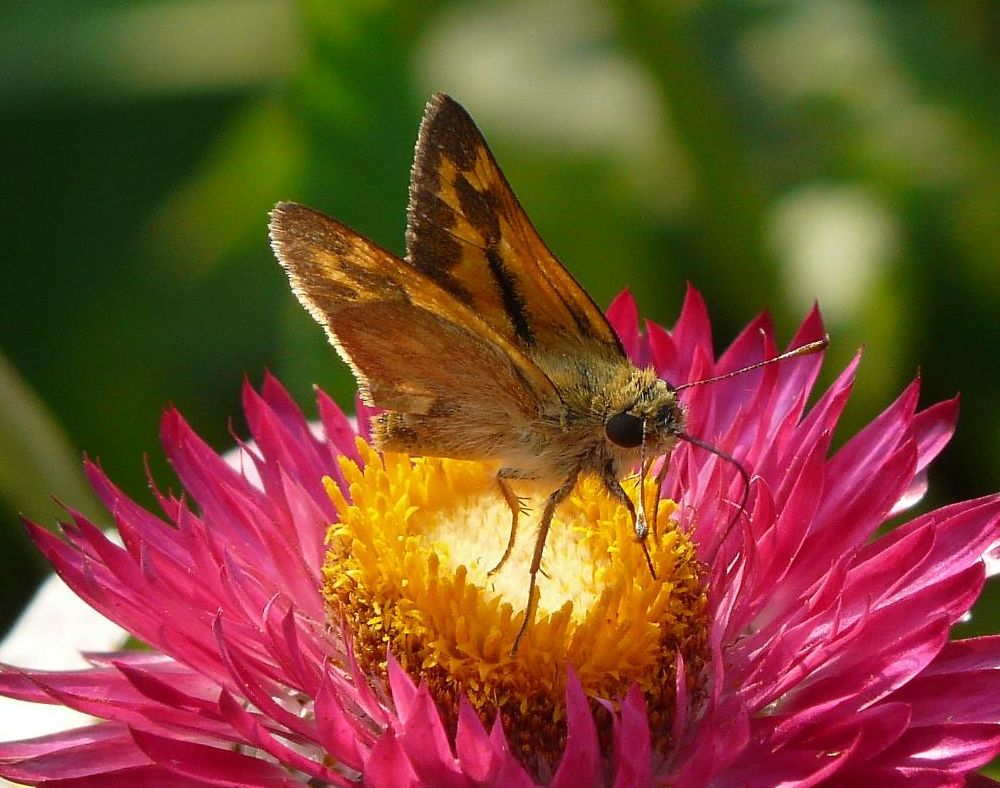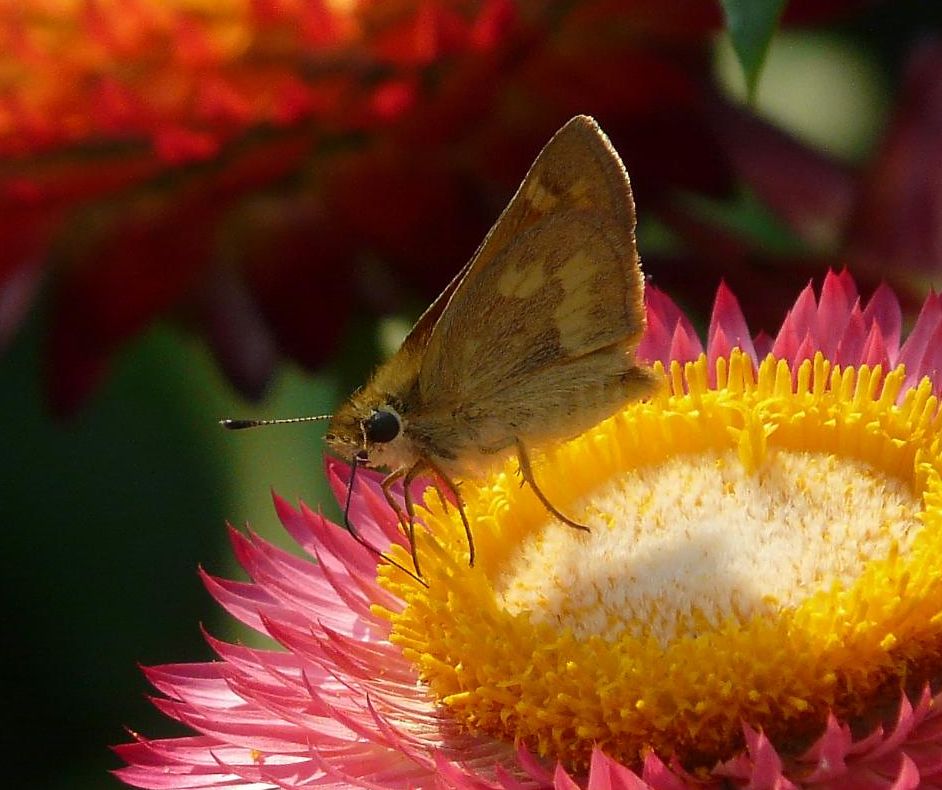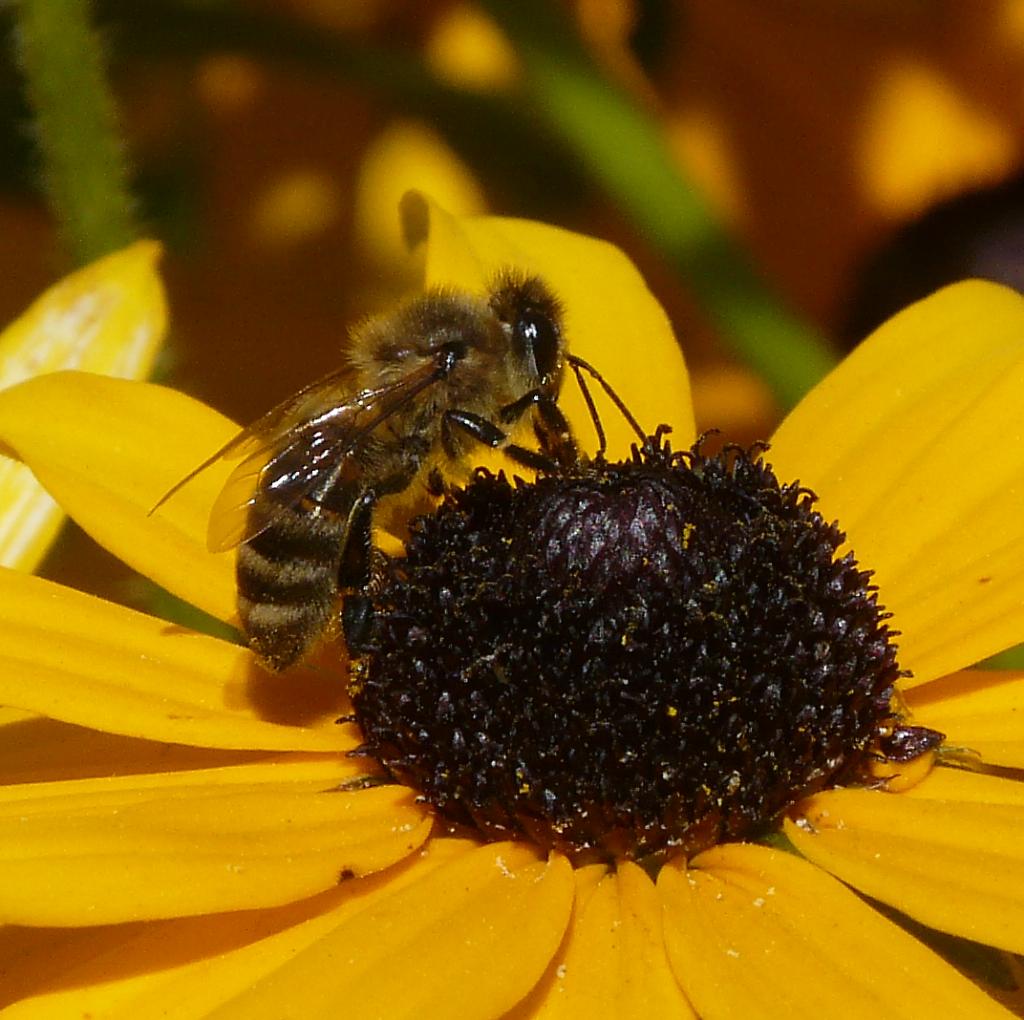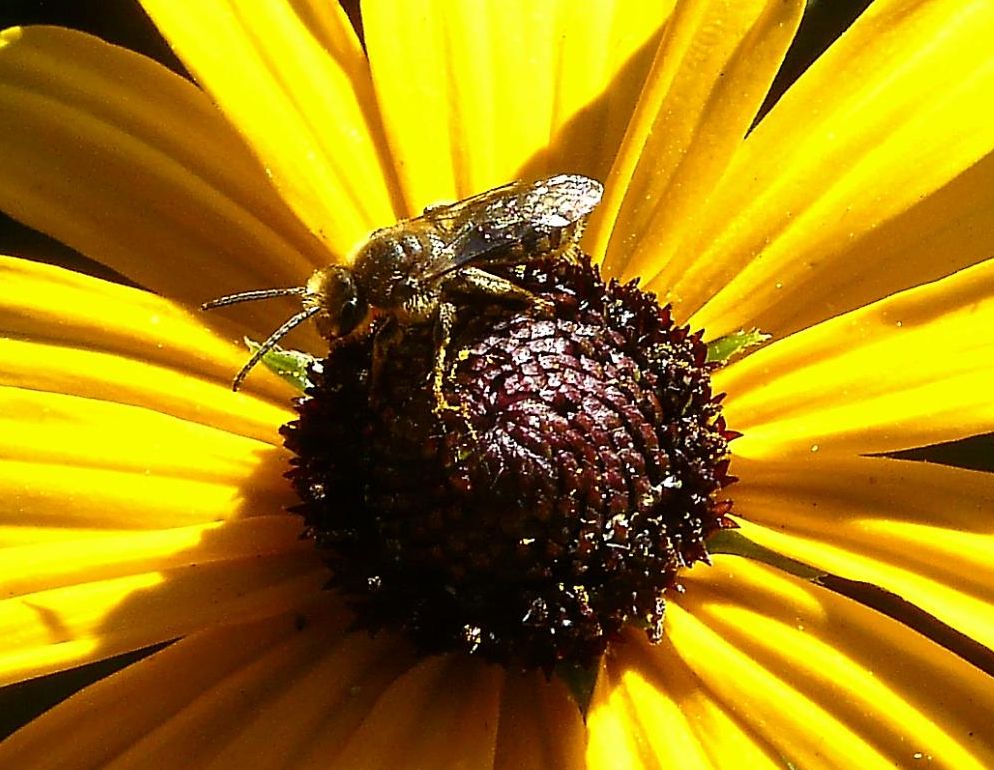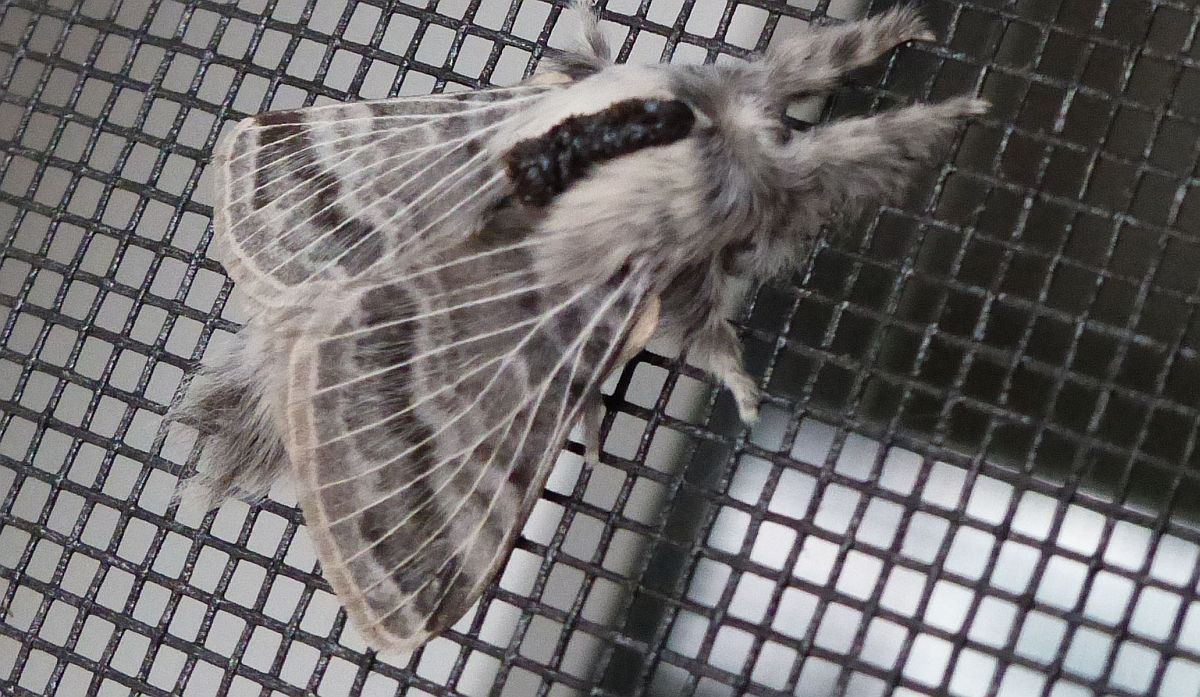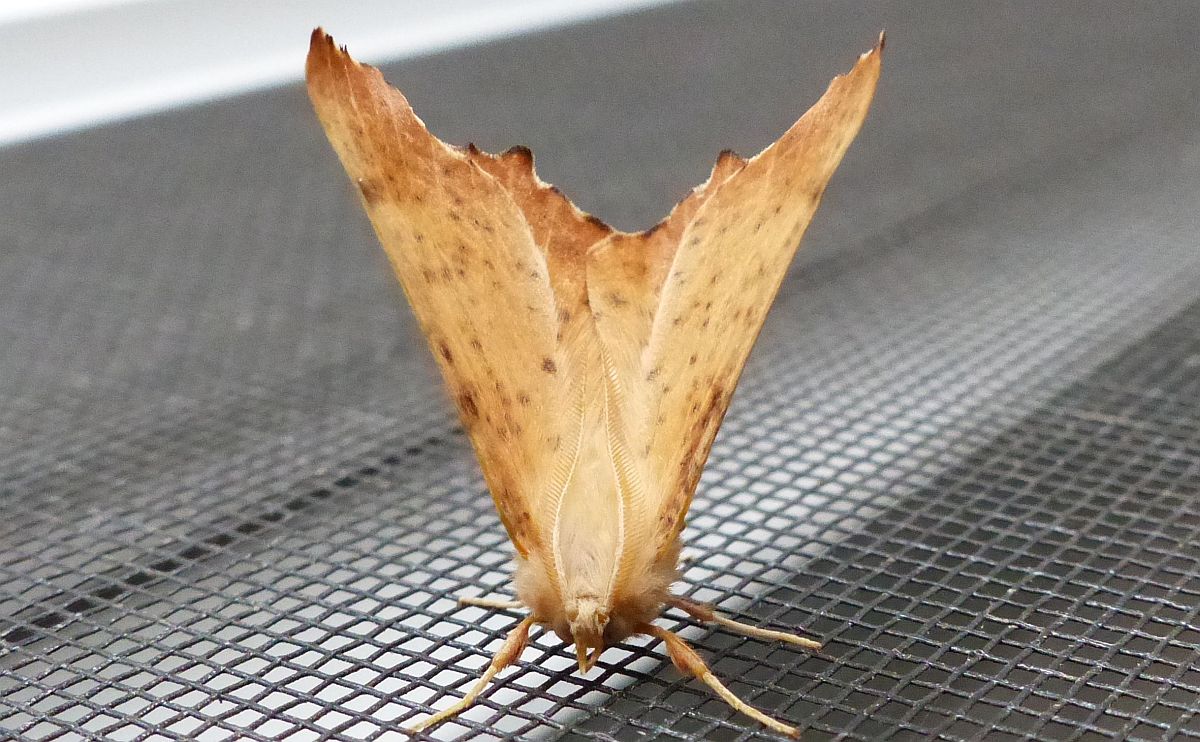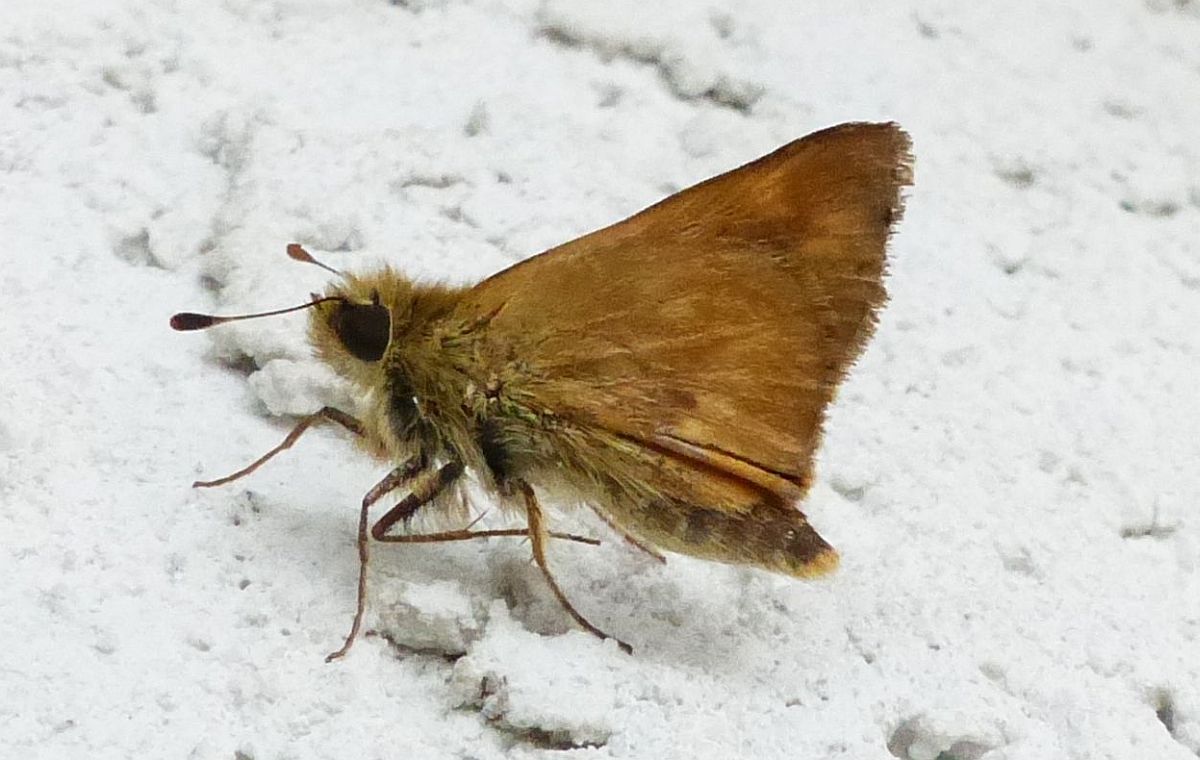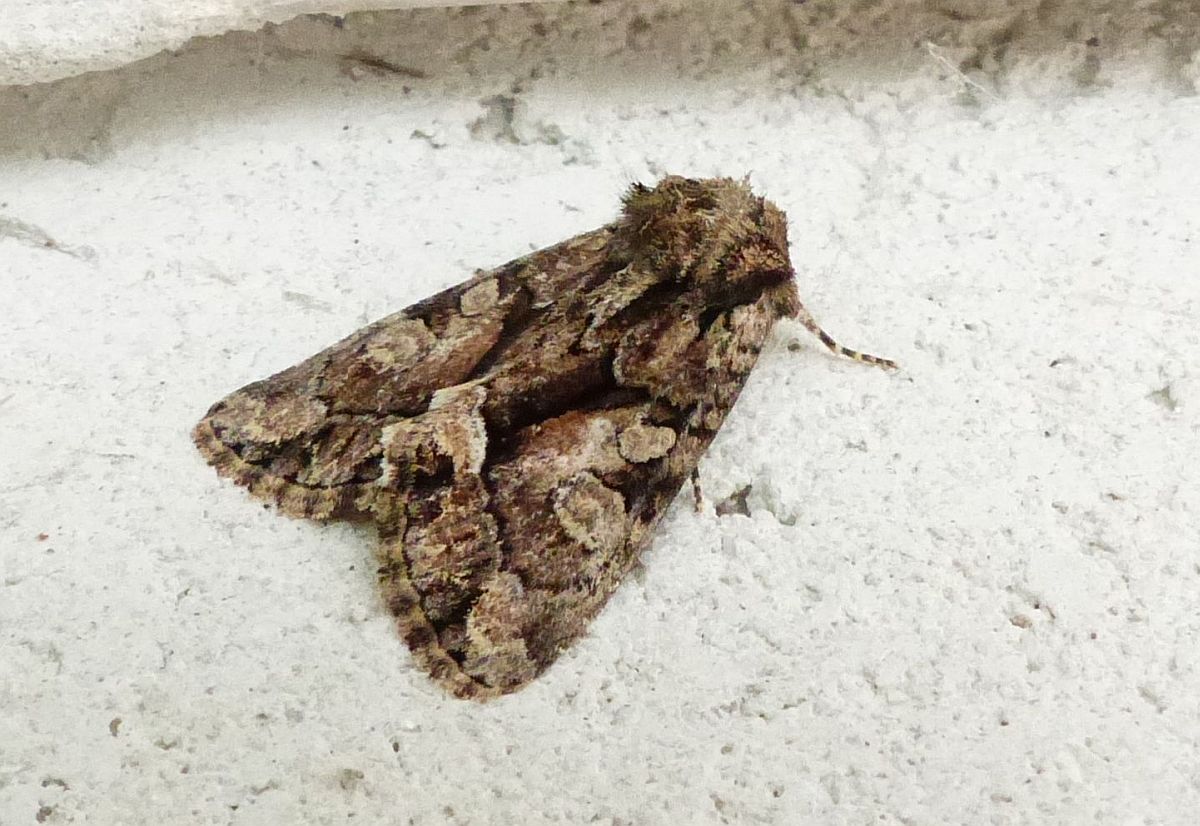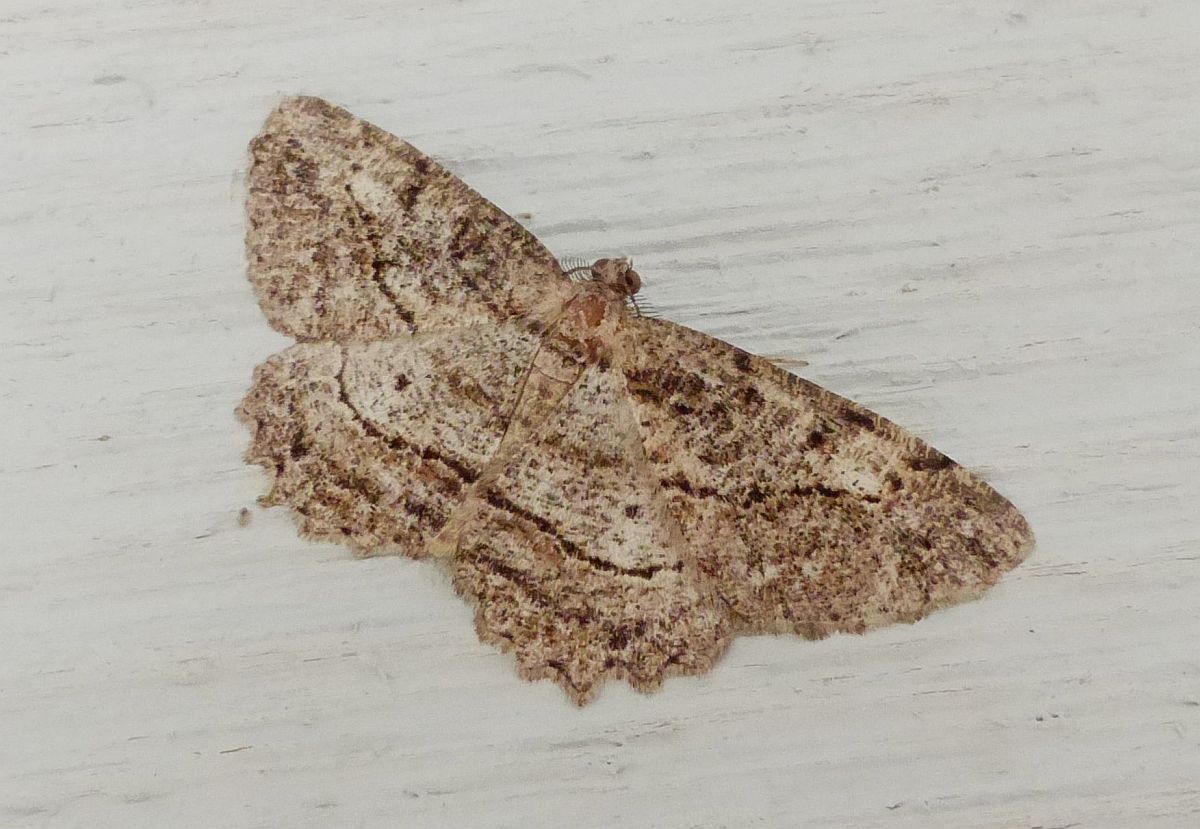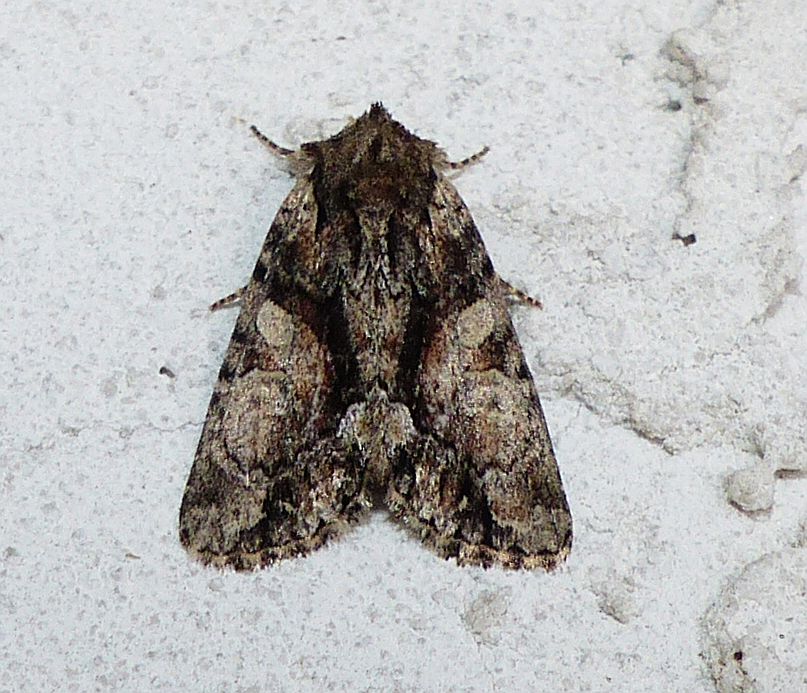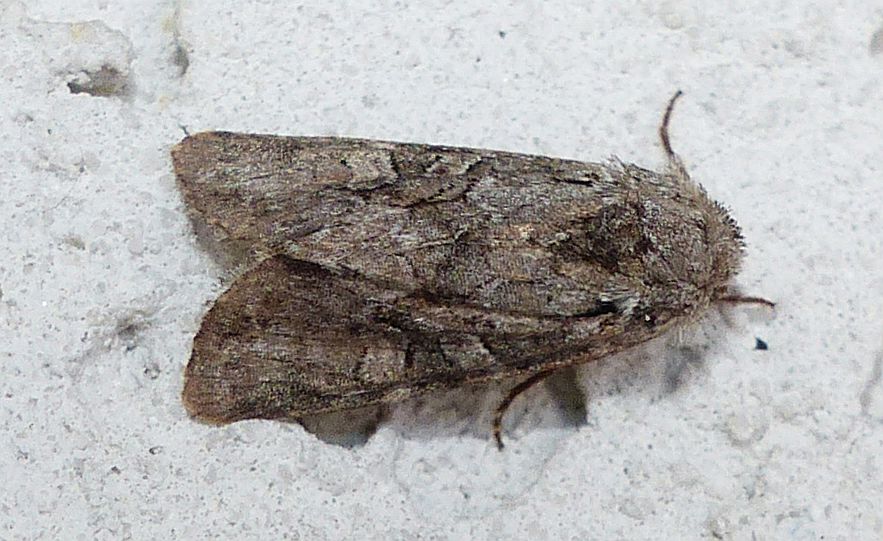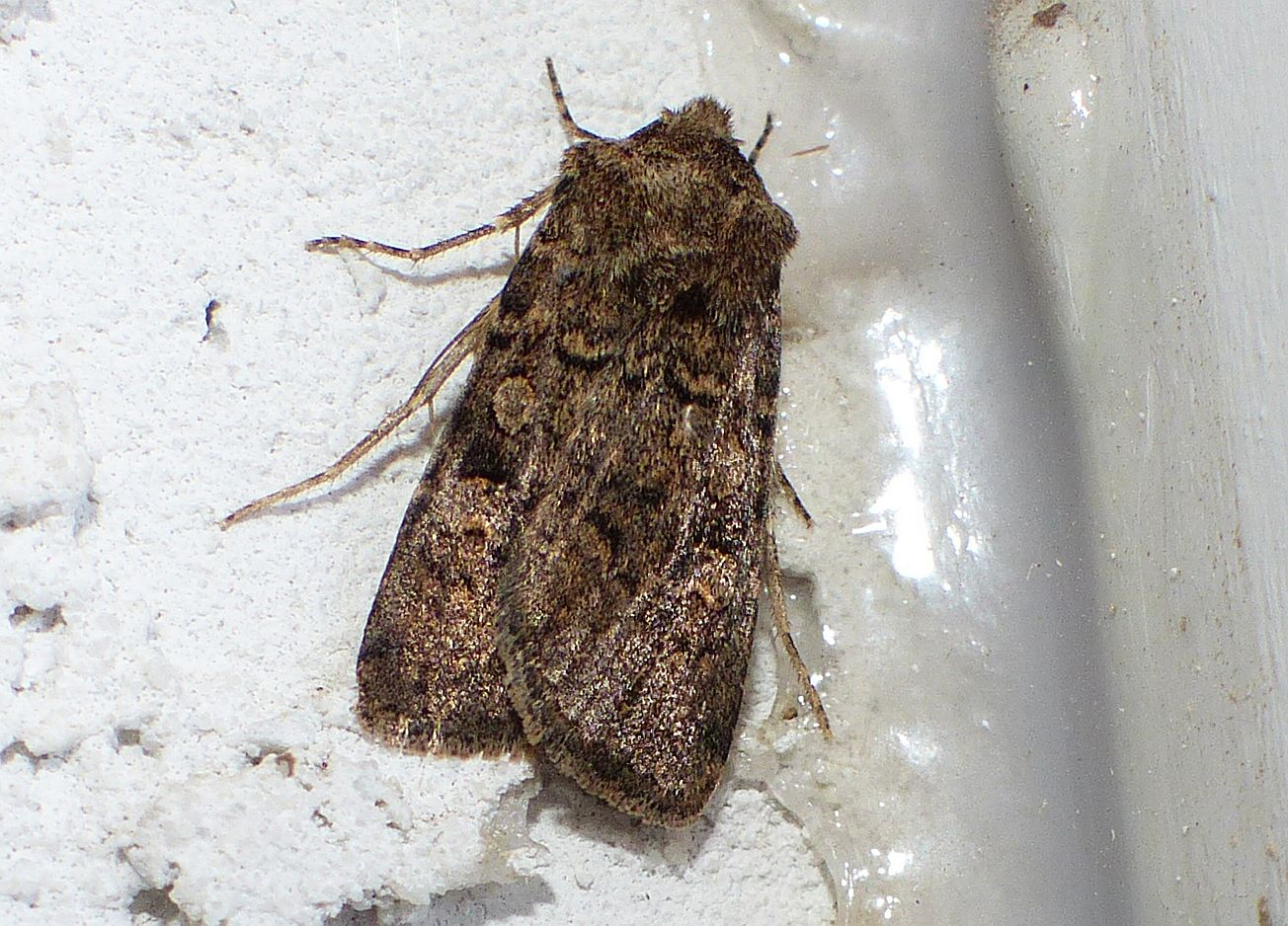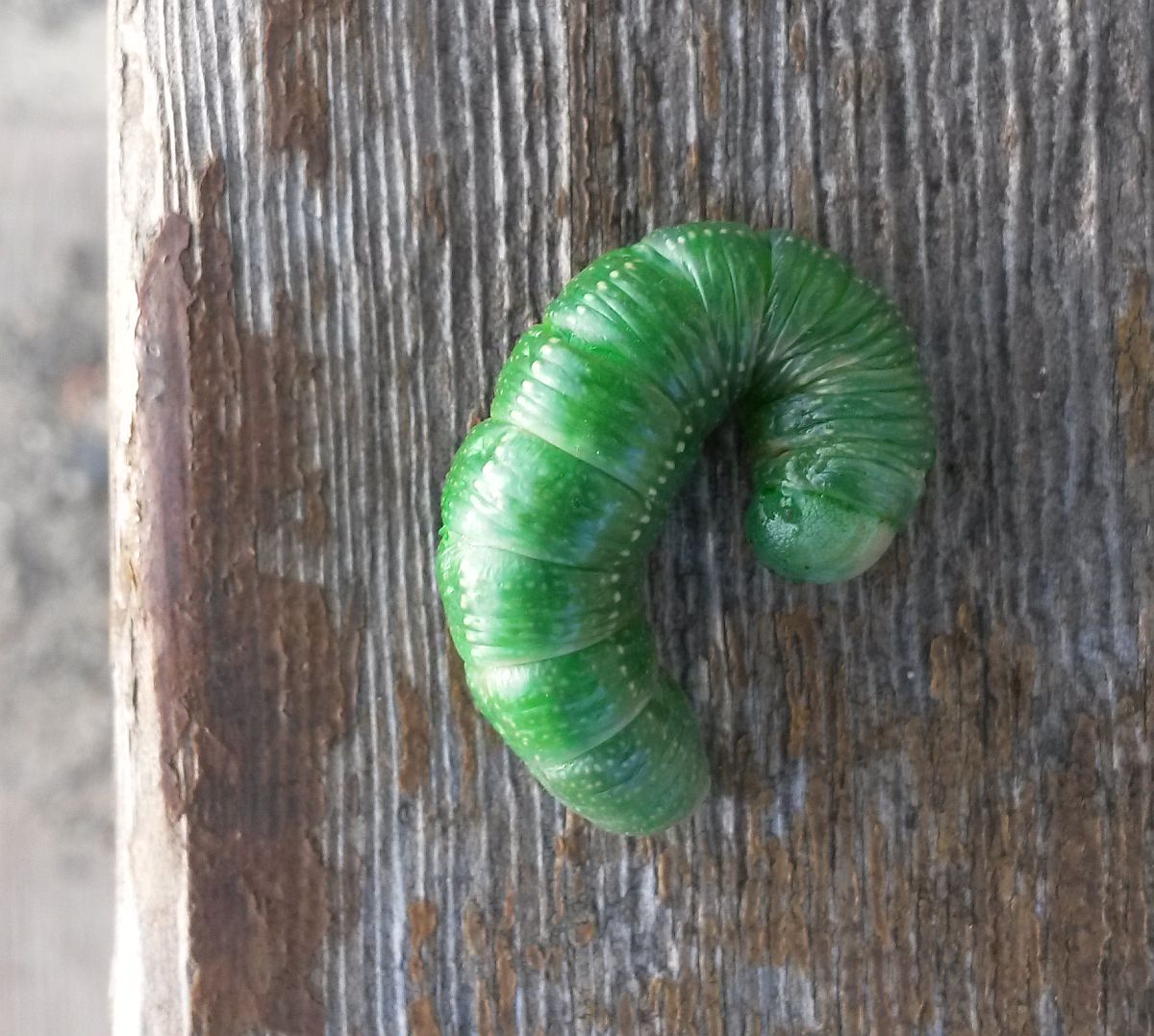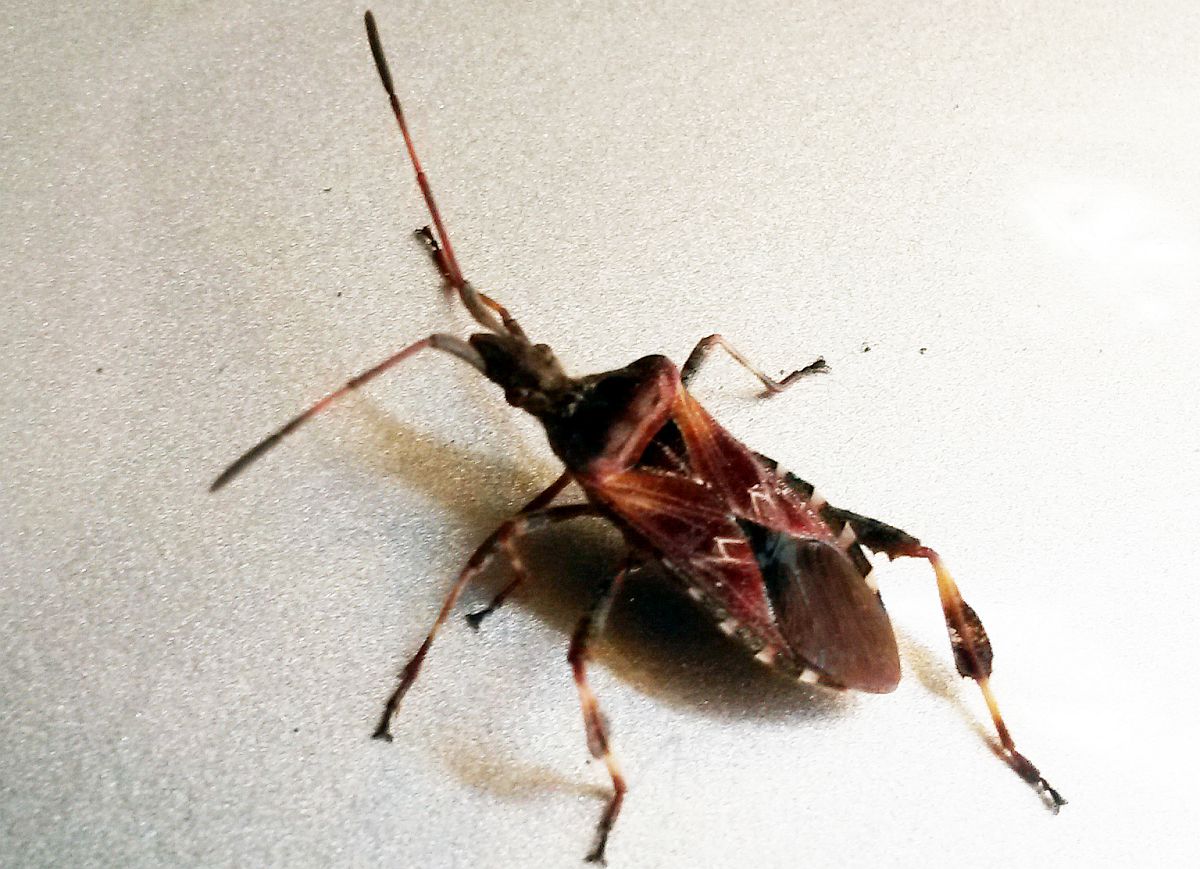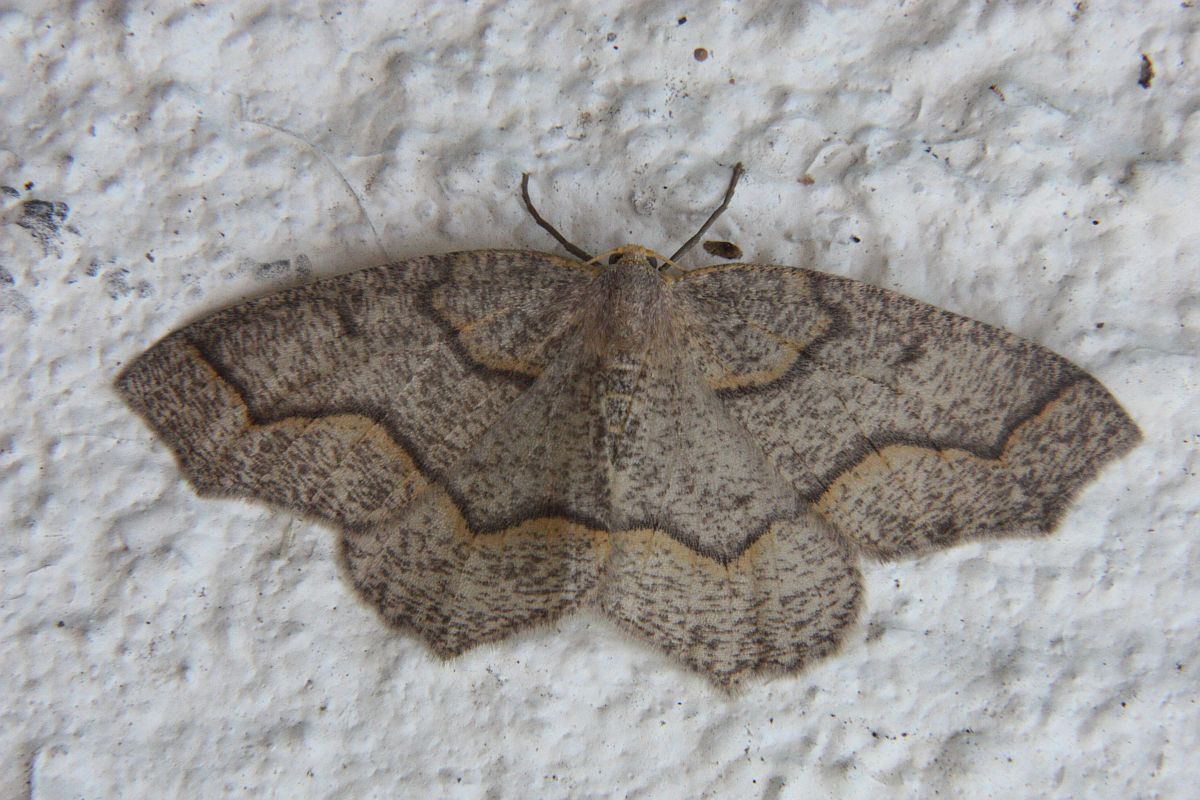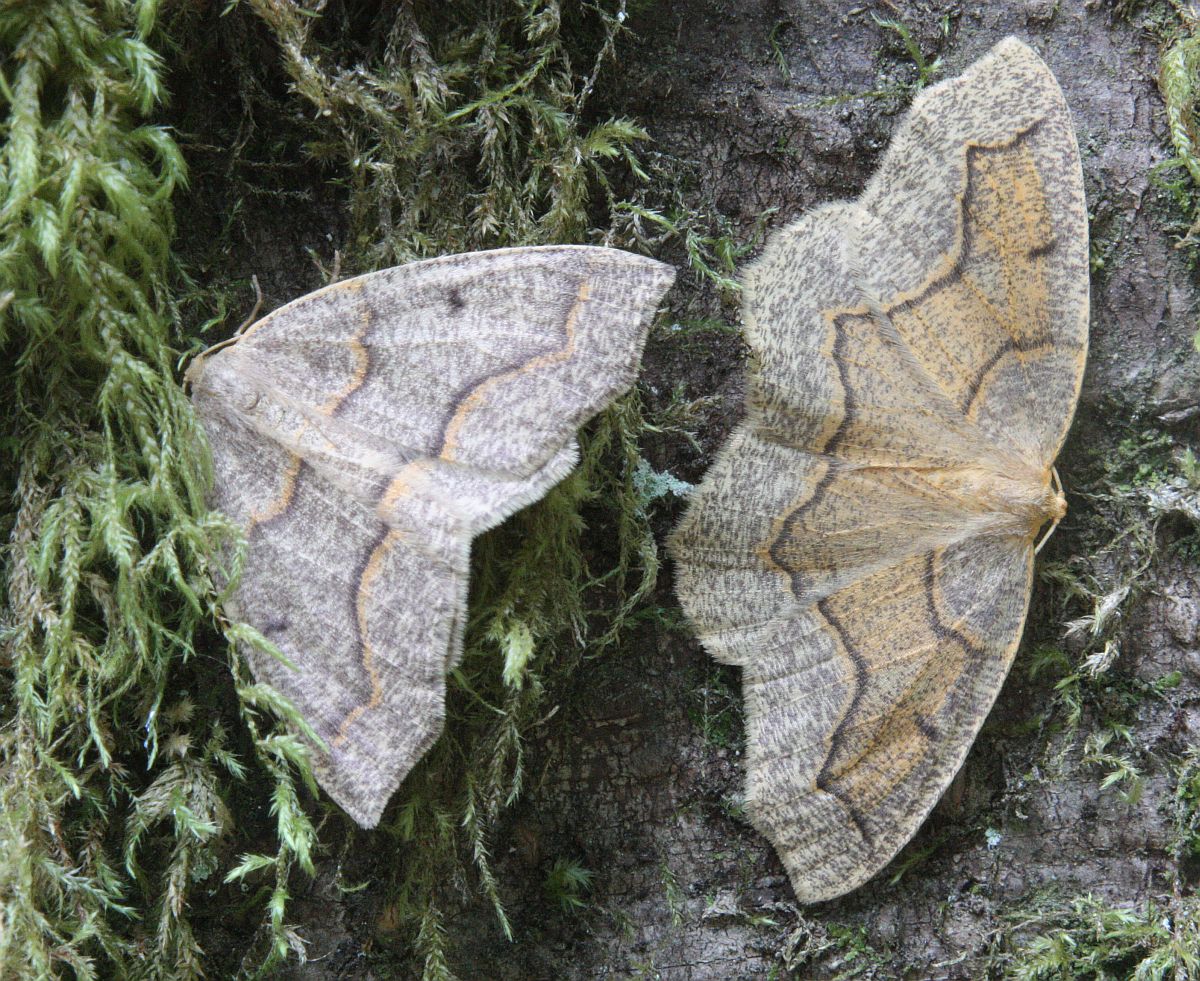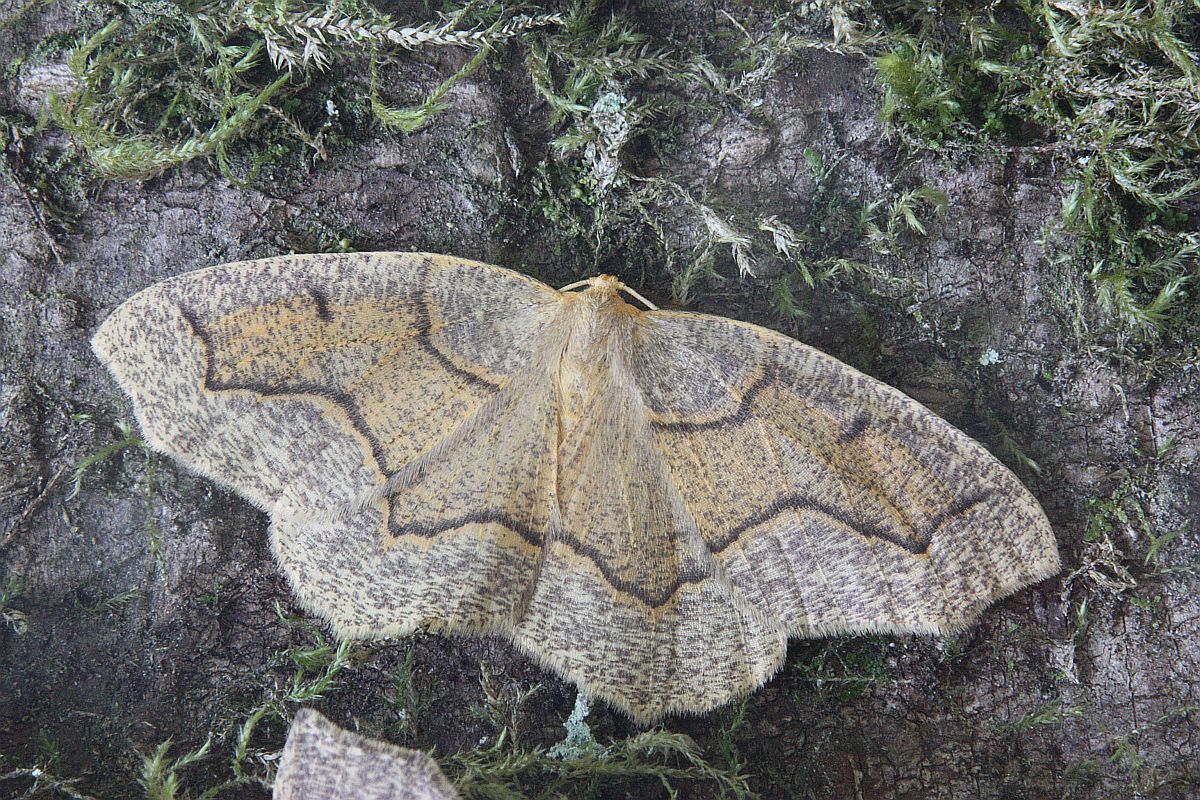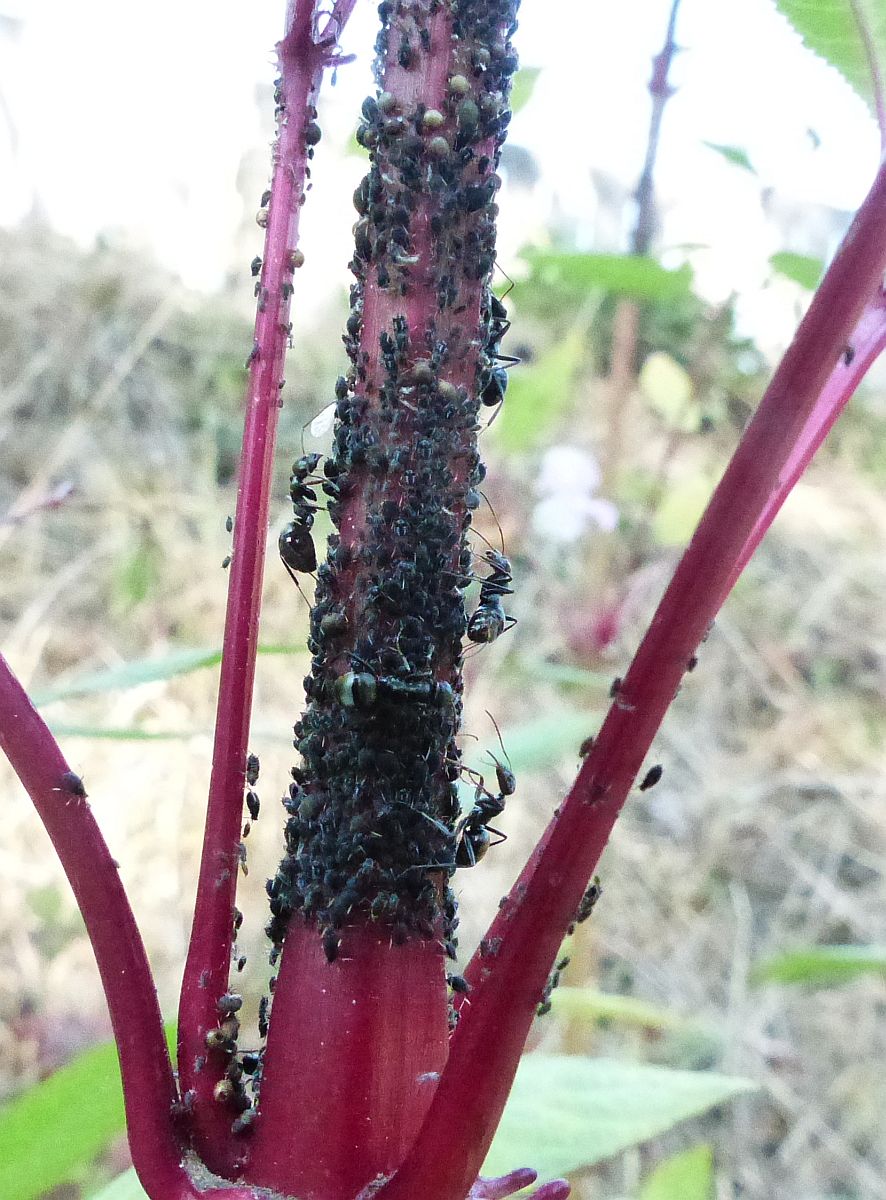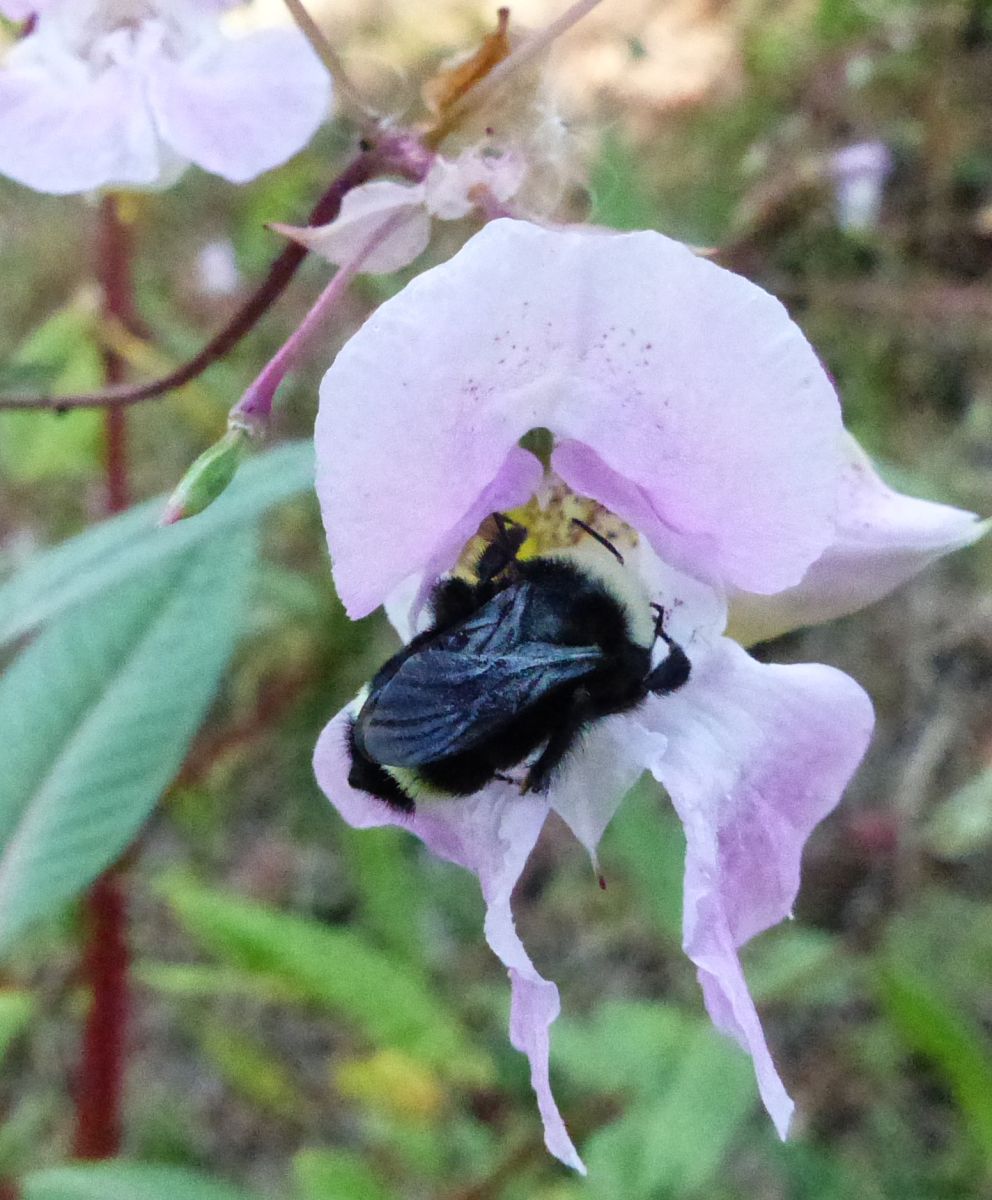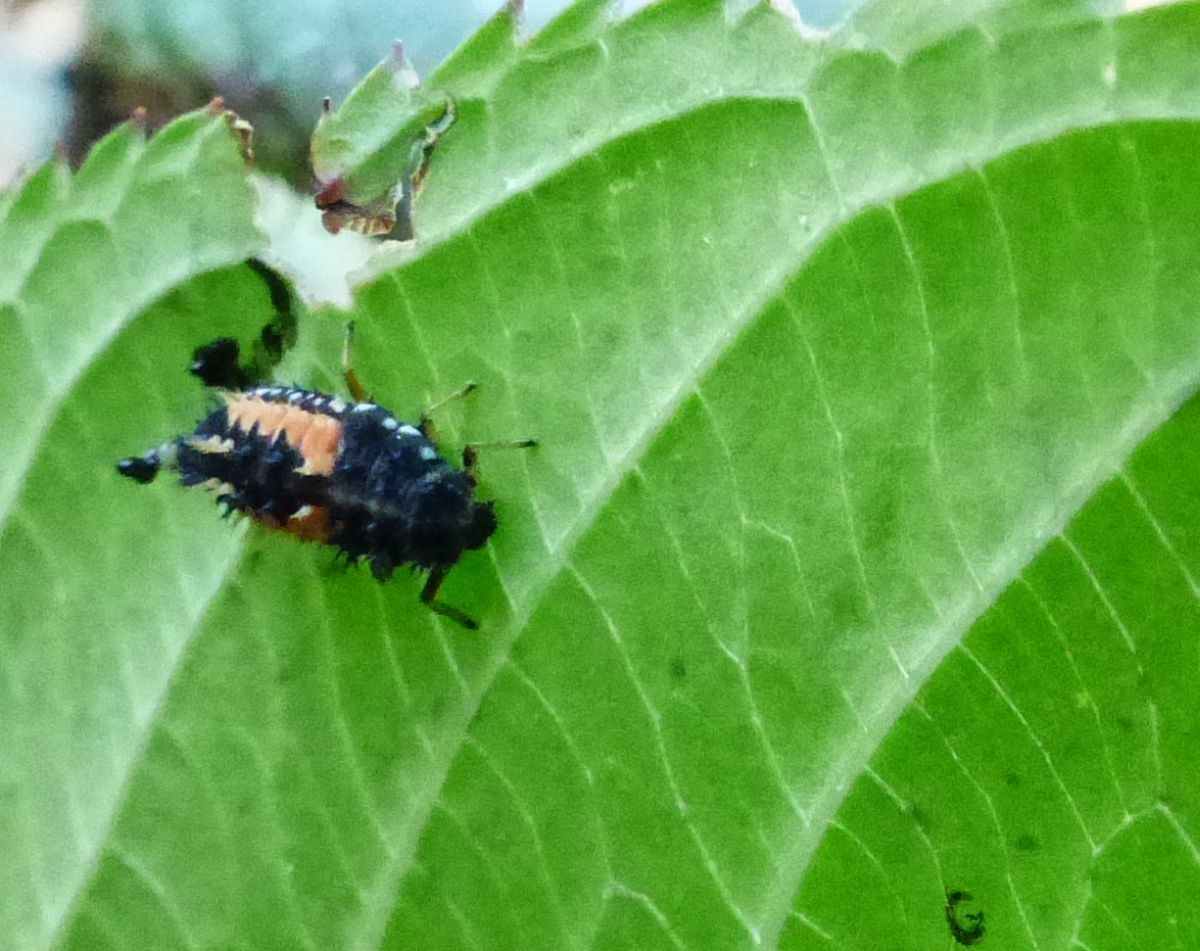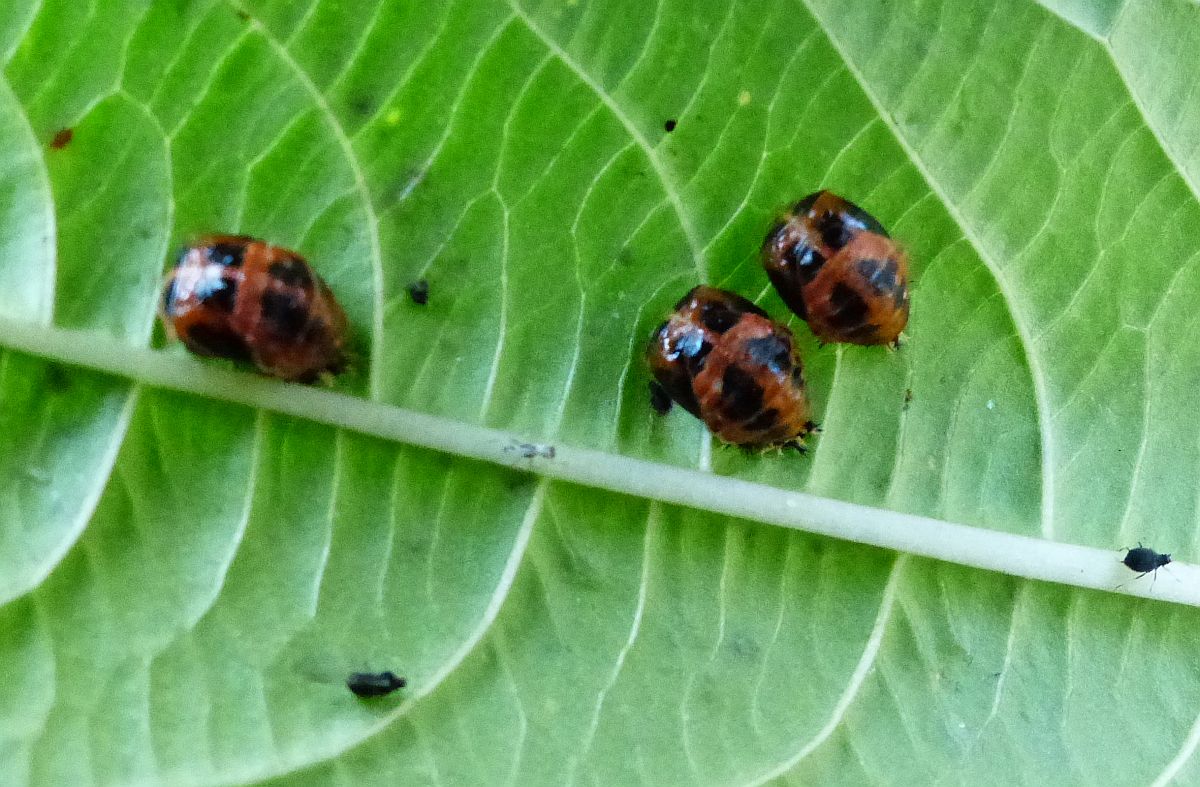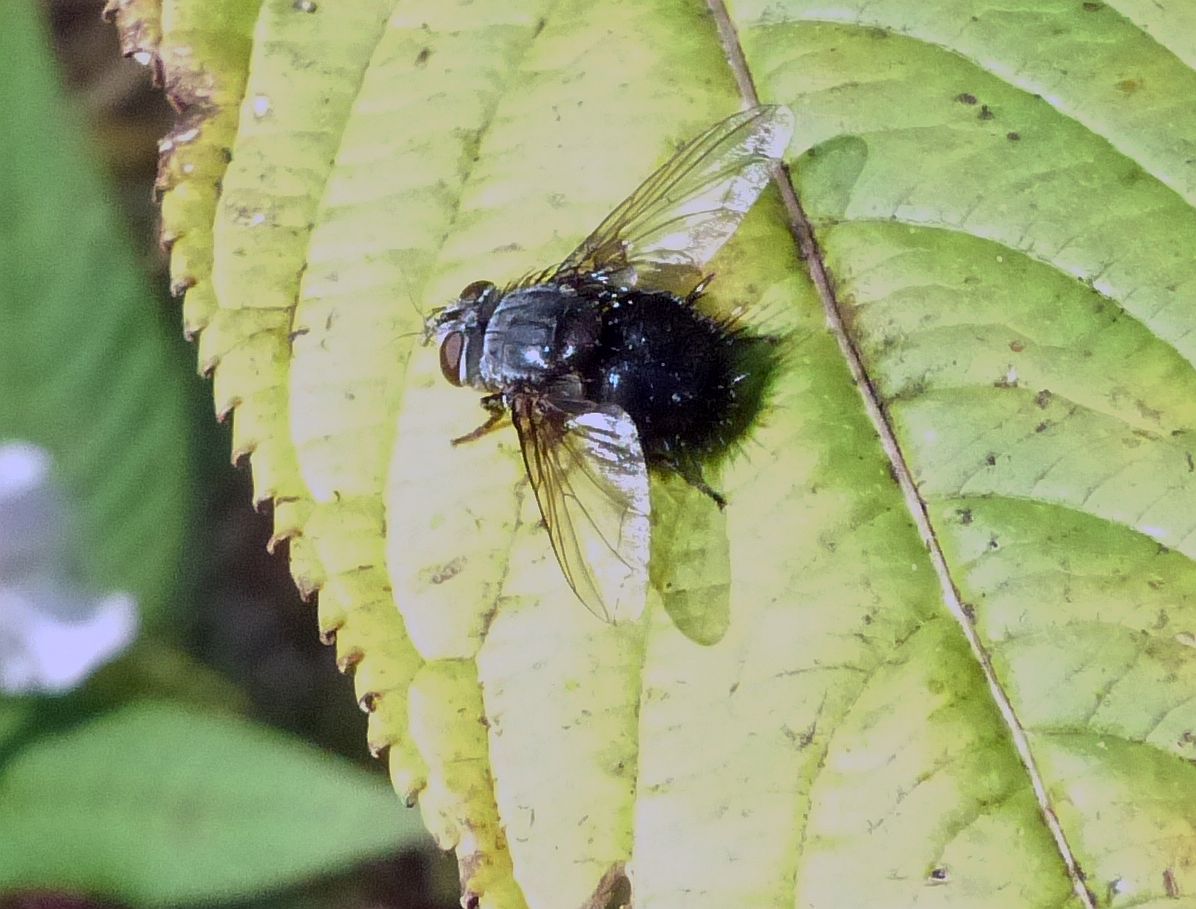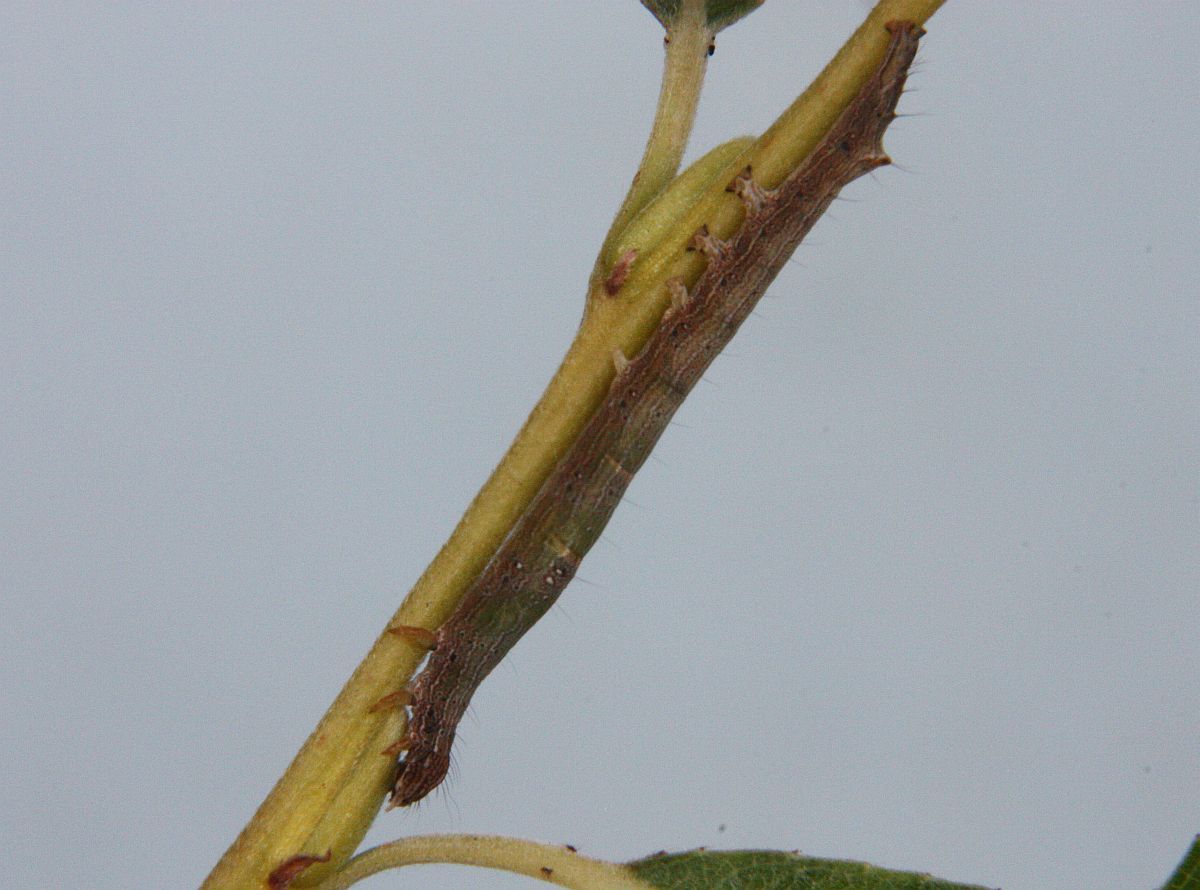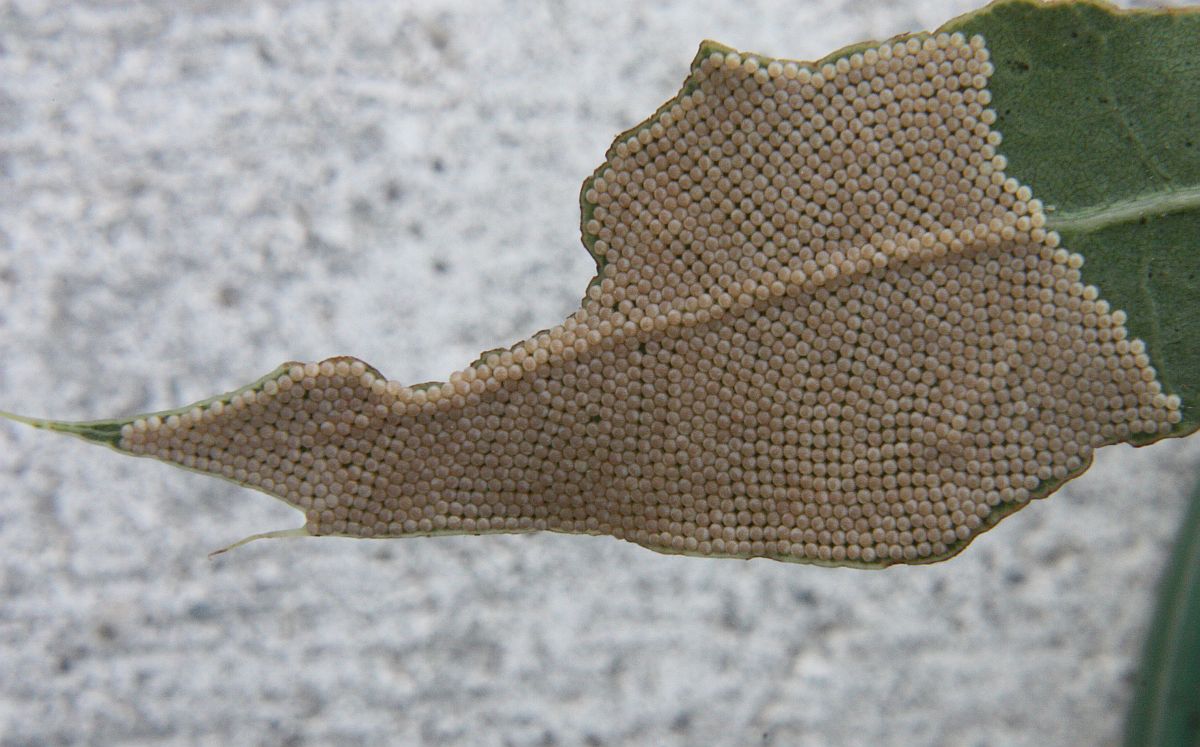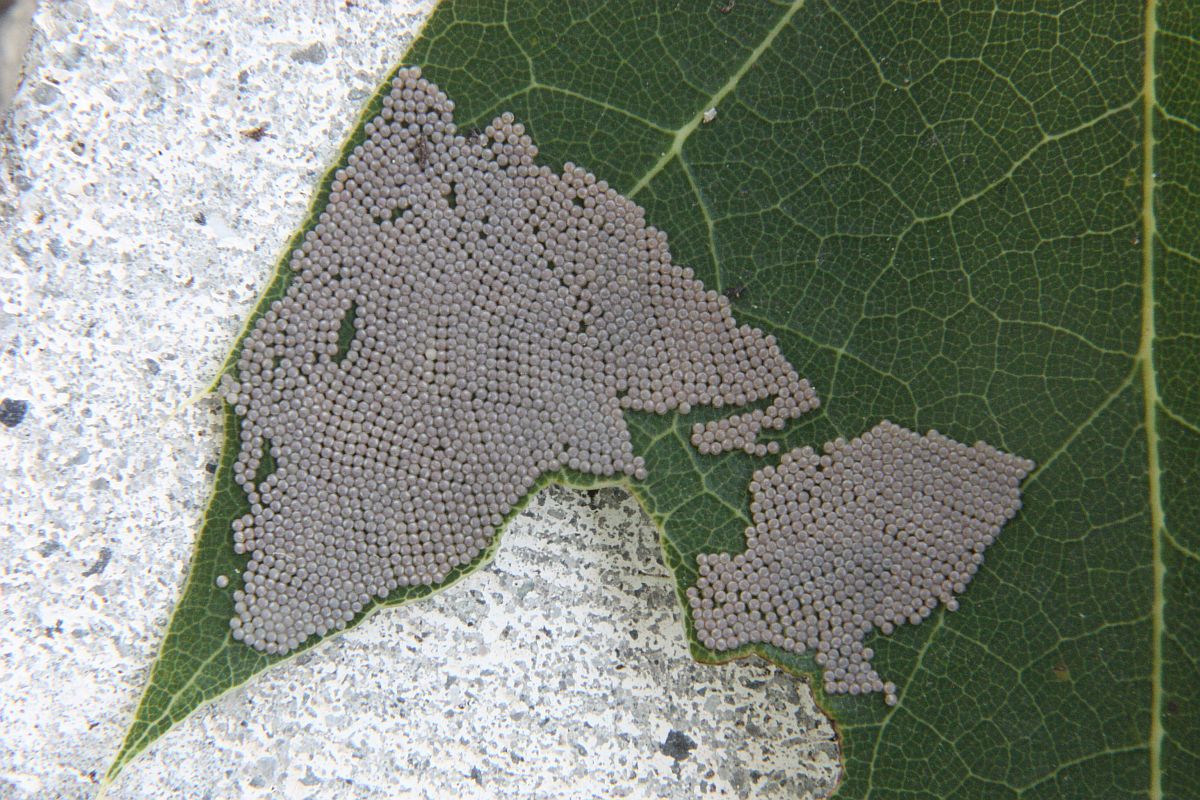2017 September 2
Reminder: Butterfly Walk tomorrow, Mount Tolmie, 1:00 pm. For details scroll down to September 1 morning.
Jeremy Tatum writes: Libby Avis commented yesterday that she is being swamped in Port Alberni – as we are here in the Victoria area – by Neoalcis californiaria. I opened my rear door this morning, and the one below was sitting there right at eye level:

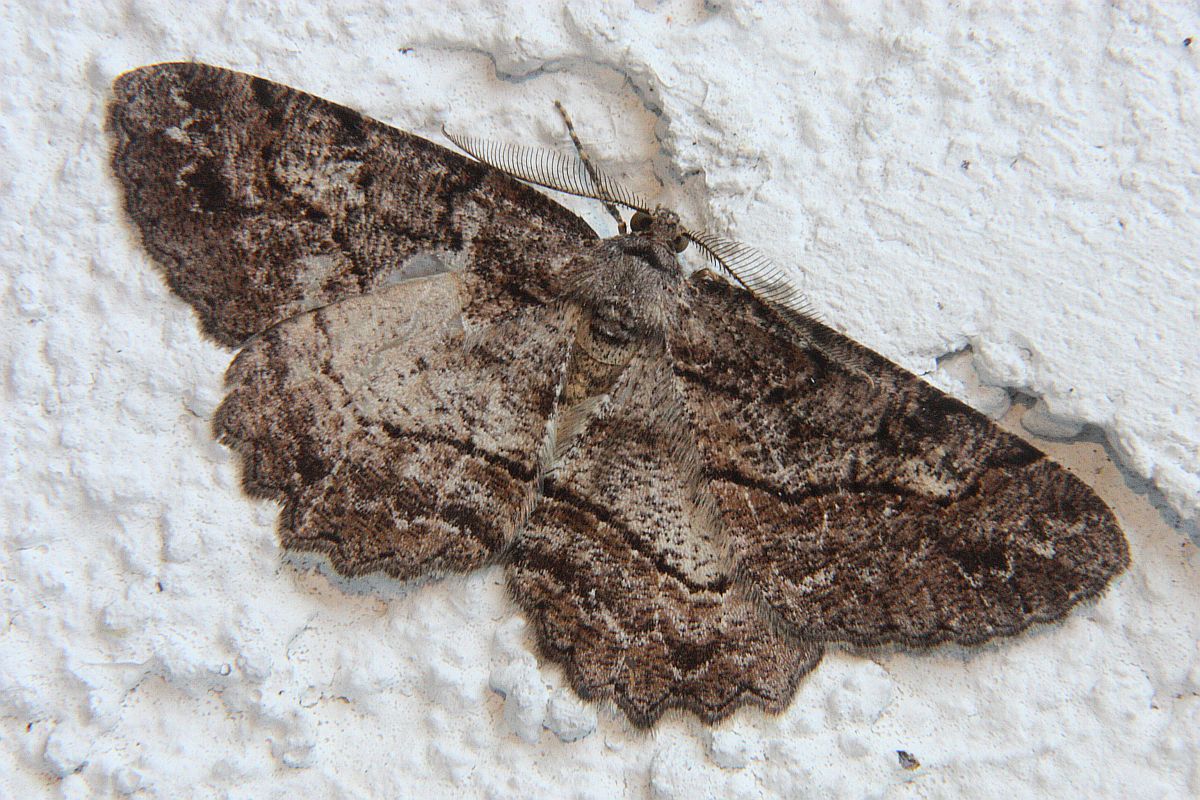
Neoalcis californiaria (Lep.: Geometridae) Jeremy Tatum
Several nice caterpillars reached the Invert Alert mailbox yesterday. First a dagger photographed by Scott Gilmore on a alder trunk at Upper Lantzville. Daggers comprise a large genus Acronicta of rather similar grey moths carrying a dagger mark on their forewings. Although the moths are quite similar and difficult to distinguish, they have a remarkable array of very different and quite beautiful and spectacular caterpillars.

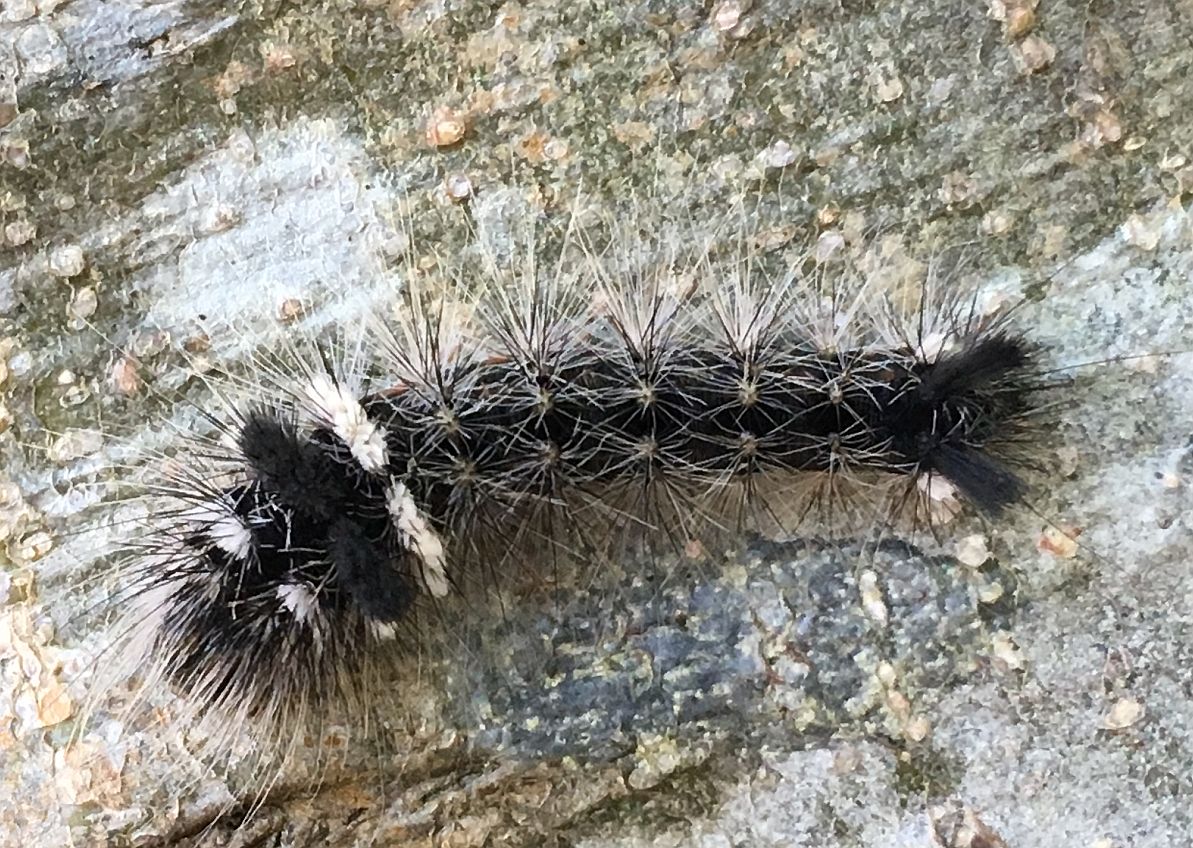
Acronicta impleta (Lep.: Noctuidae) Scott Gilmore
Libby Avis has a couple of nice ones from Port Alberni. She found the first one, Euplexis similis on Maidenhead Fern. The two white dots at the rear of the caterpillar are distinctive of the species.

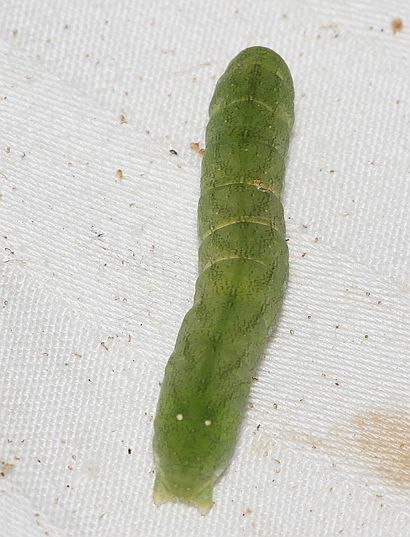
Euplexis benesimilis (Lep.: Noctuidae) Libby Avis
The next are two instars of Schizura ipomoeae found on a plum tree. The first is probably a penultimate instar. The second is probably a final instar, and unfortunately it has a tachinid egg on the side of its second abdominal segment.

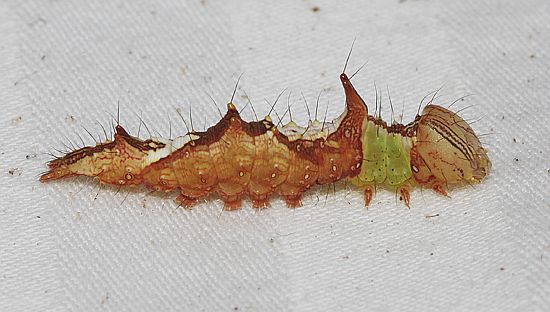
Schizura ipomoeae (Lep.: Notodontidae) Libby Avis

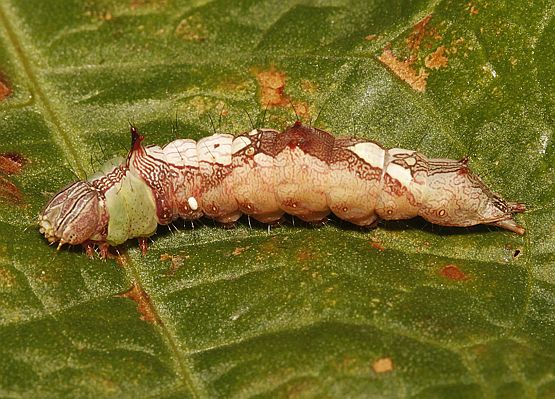
Schizura ipomoeae (Lep.: Notodontidae) Libby Avis
Jeremy Tatum writes: Well having received such an interesting set of caterpillar photographs, I thought I’d photograph my Zale caterpillar again, now that it is a little larger:

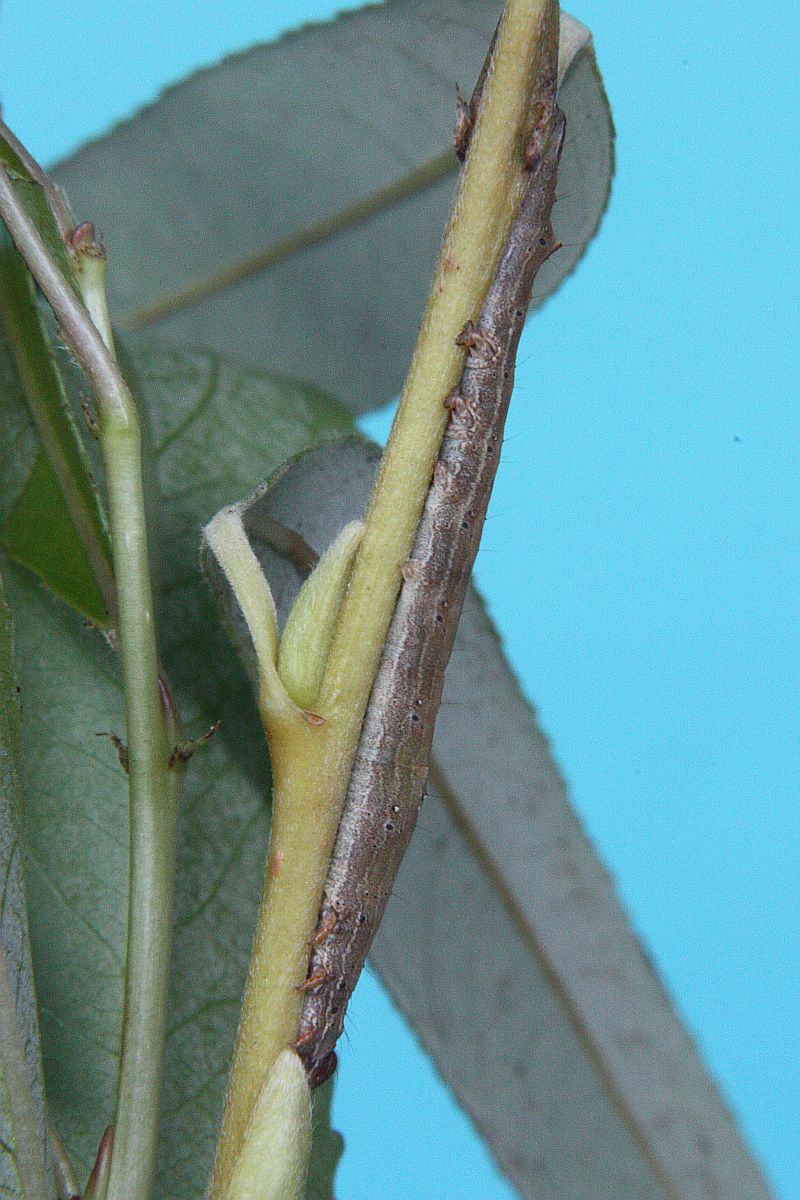
Zale sp. (Lep.: Erebidae – Erebinae) Jeremy Tatum
Invert Alert still has several photographs waiting in the queue – so, apologies to contributors for making you wait! I’ll try and do a second posting later in the day.

